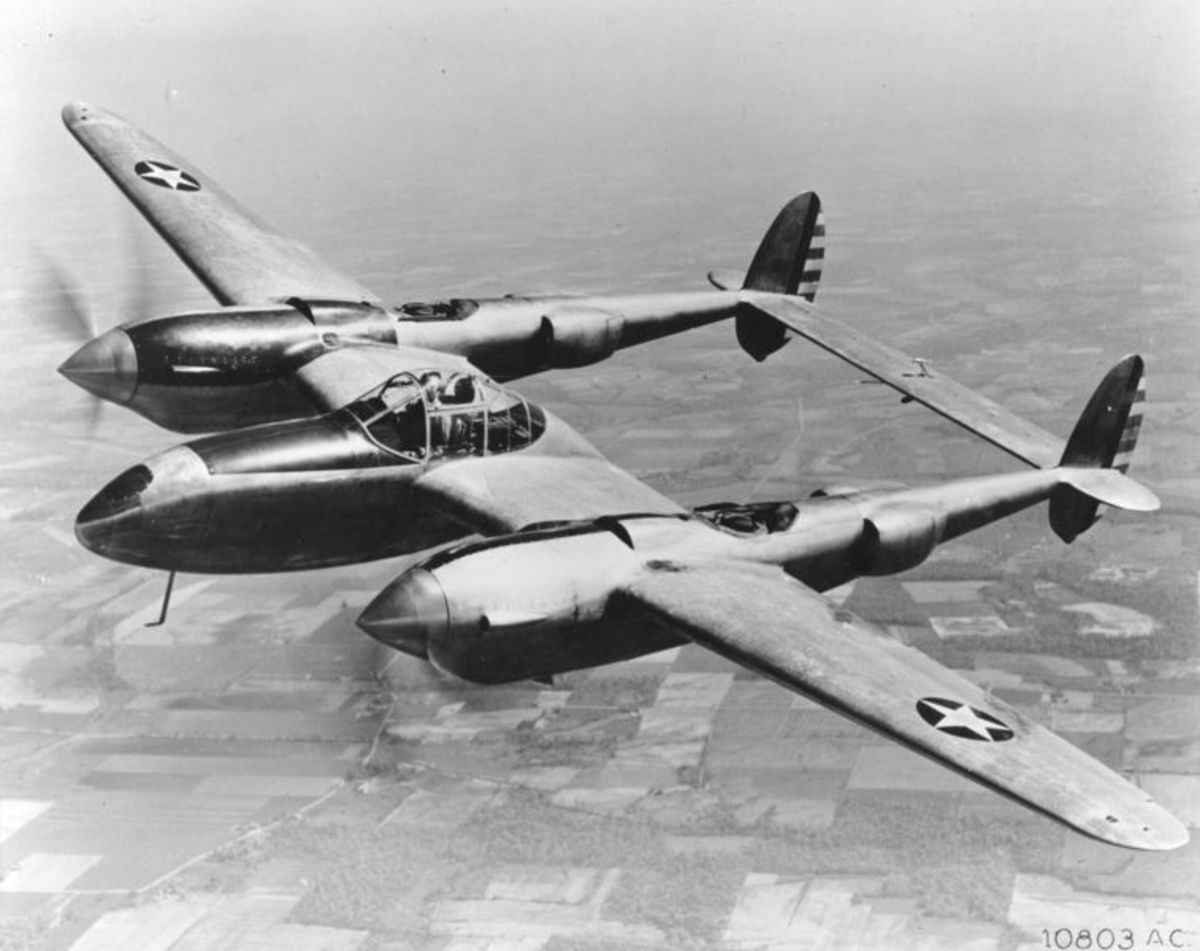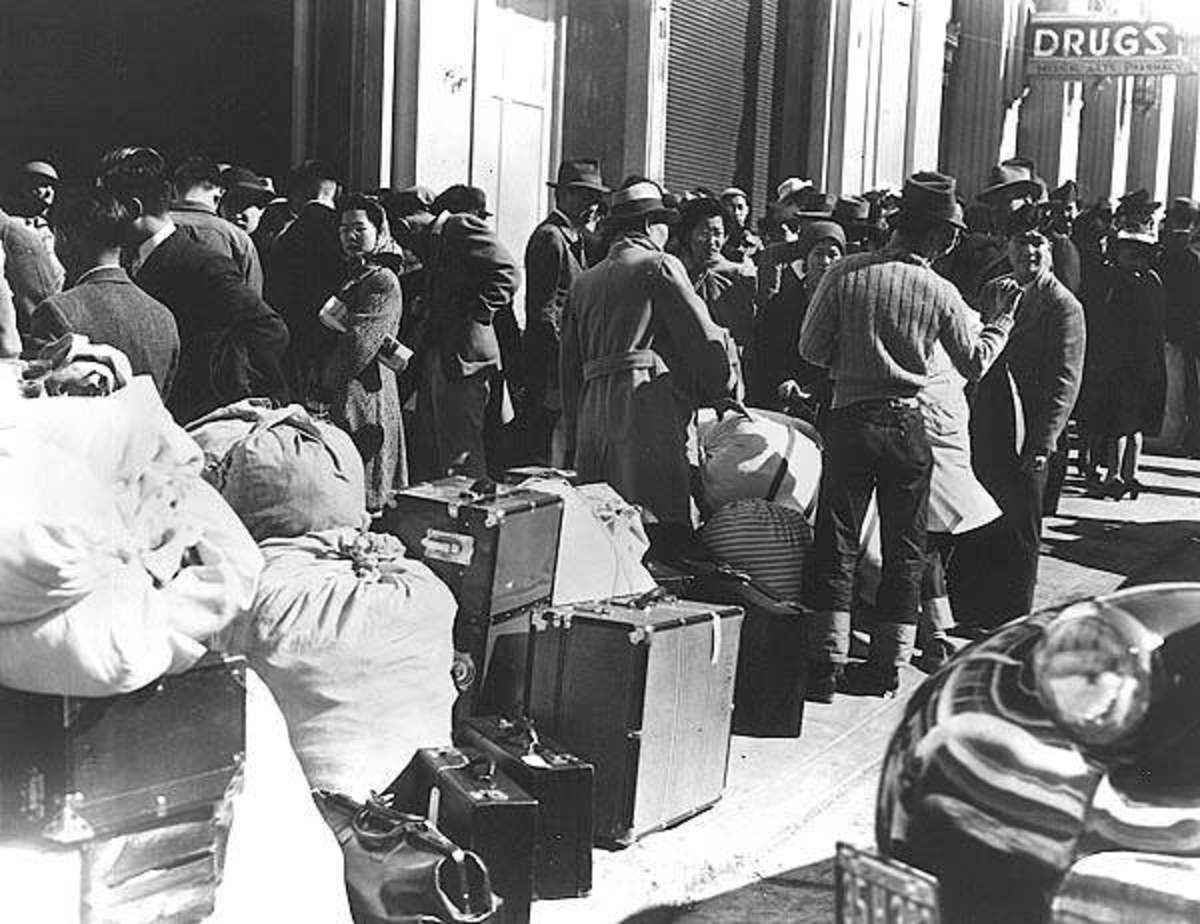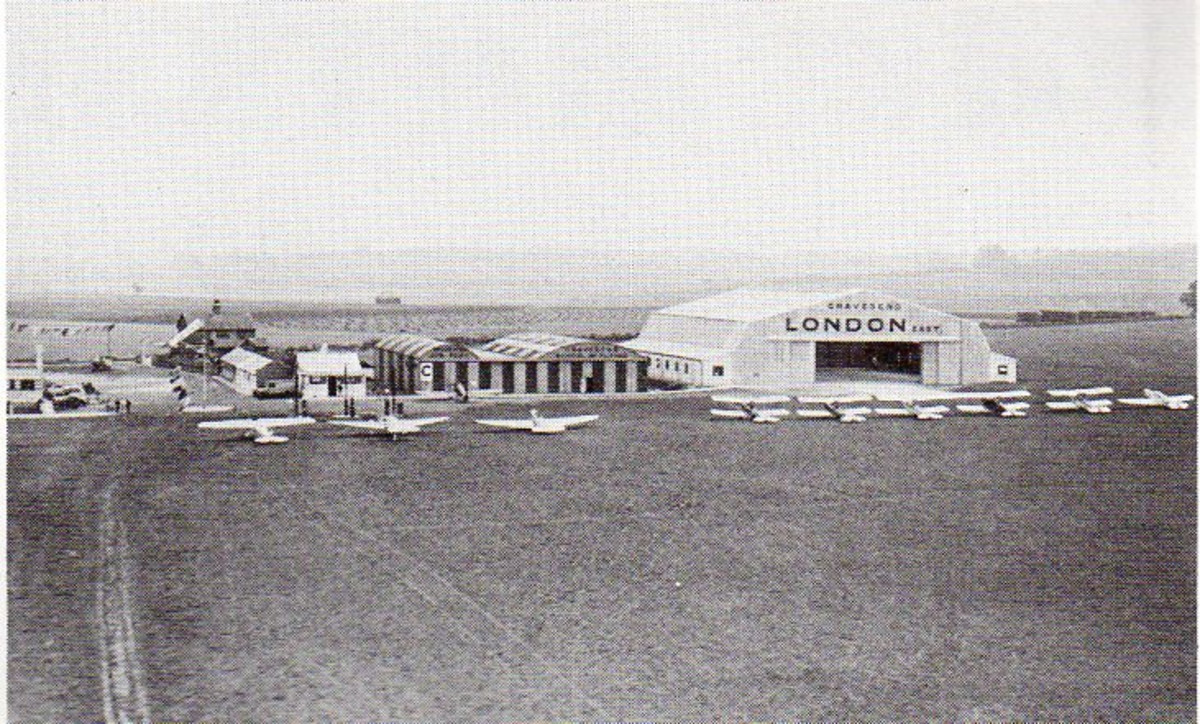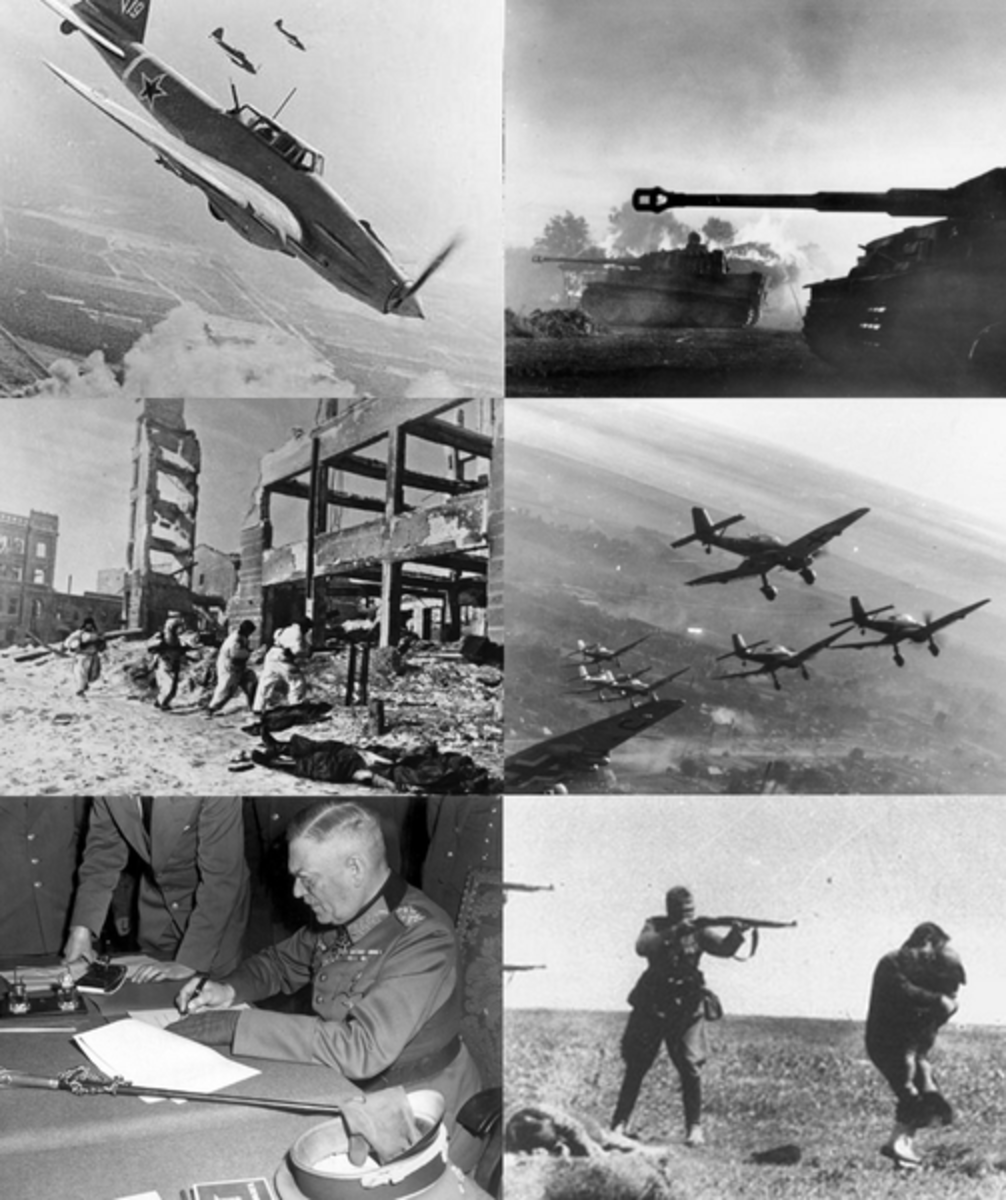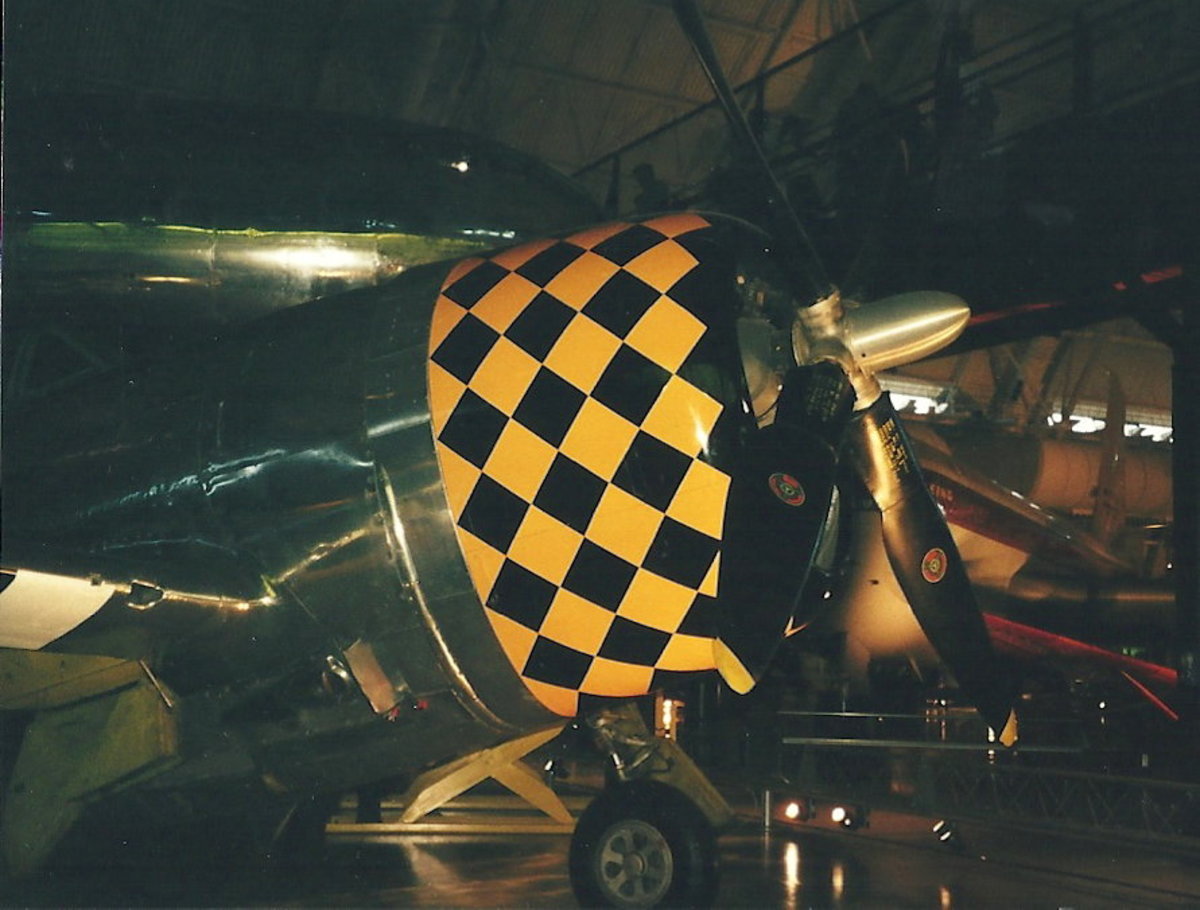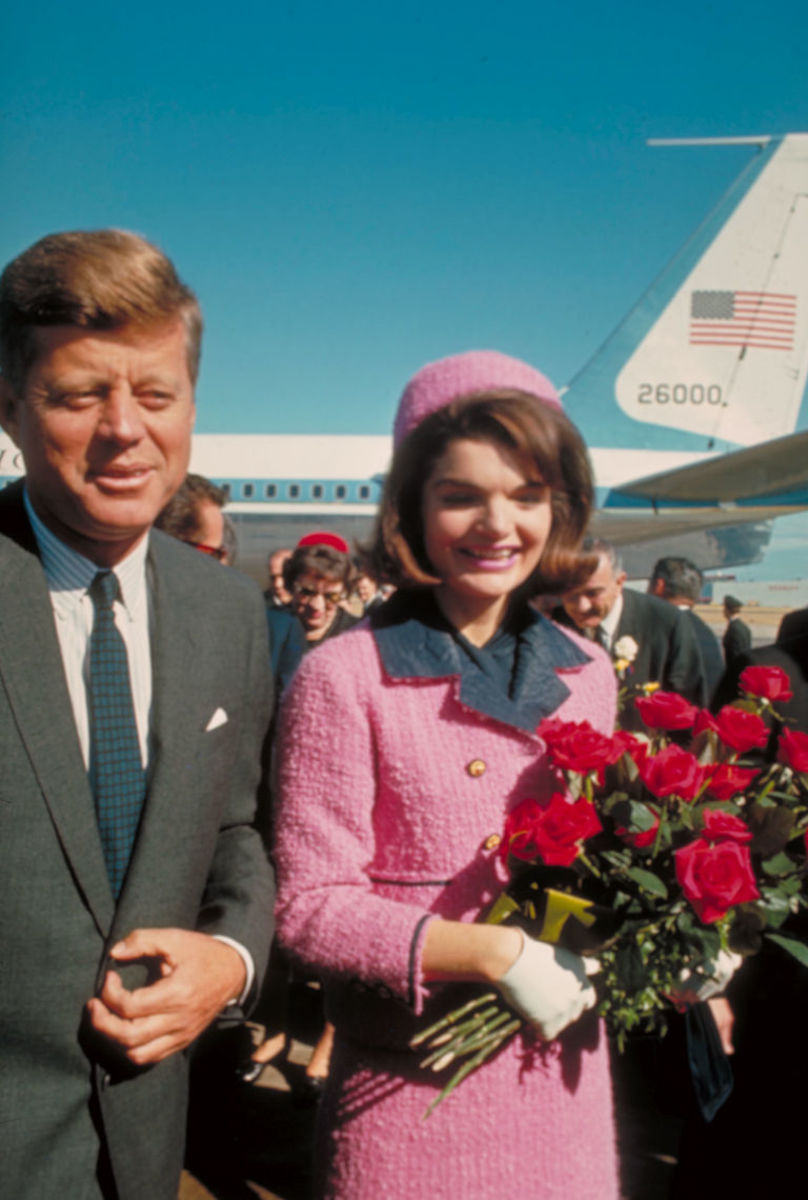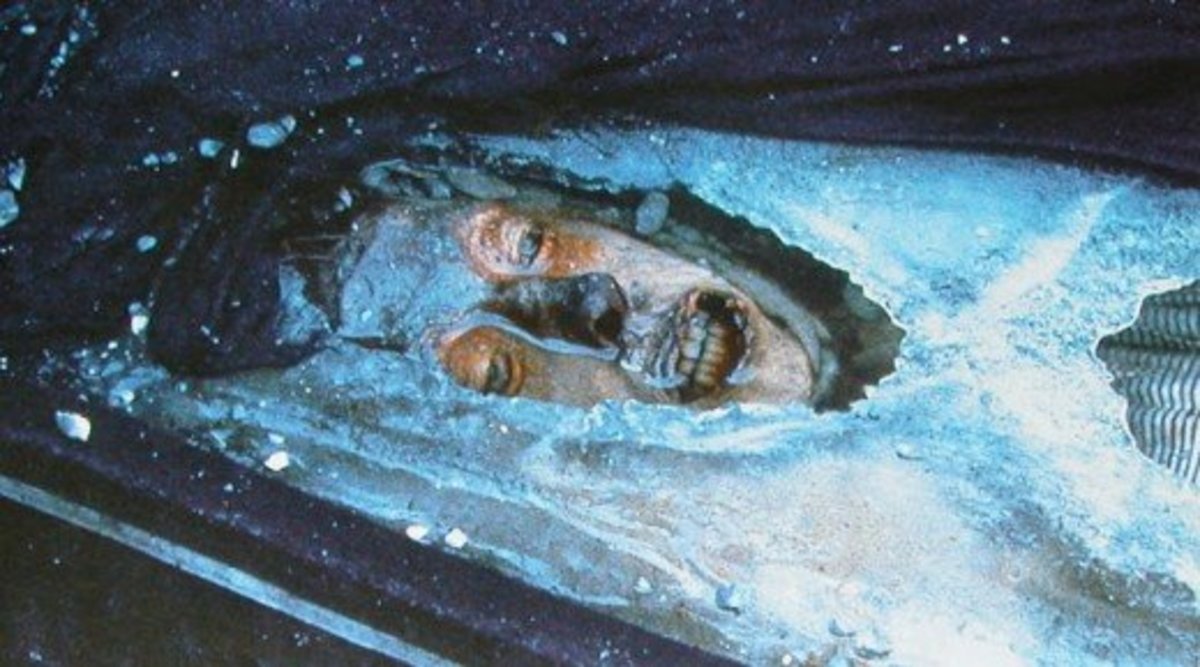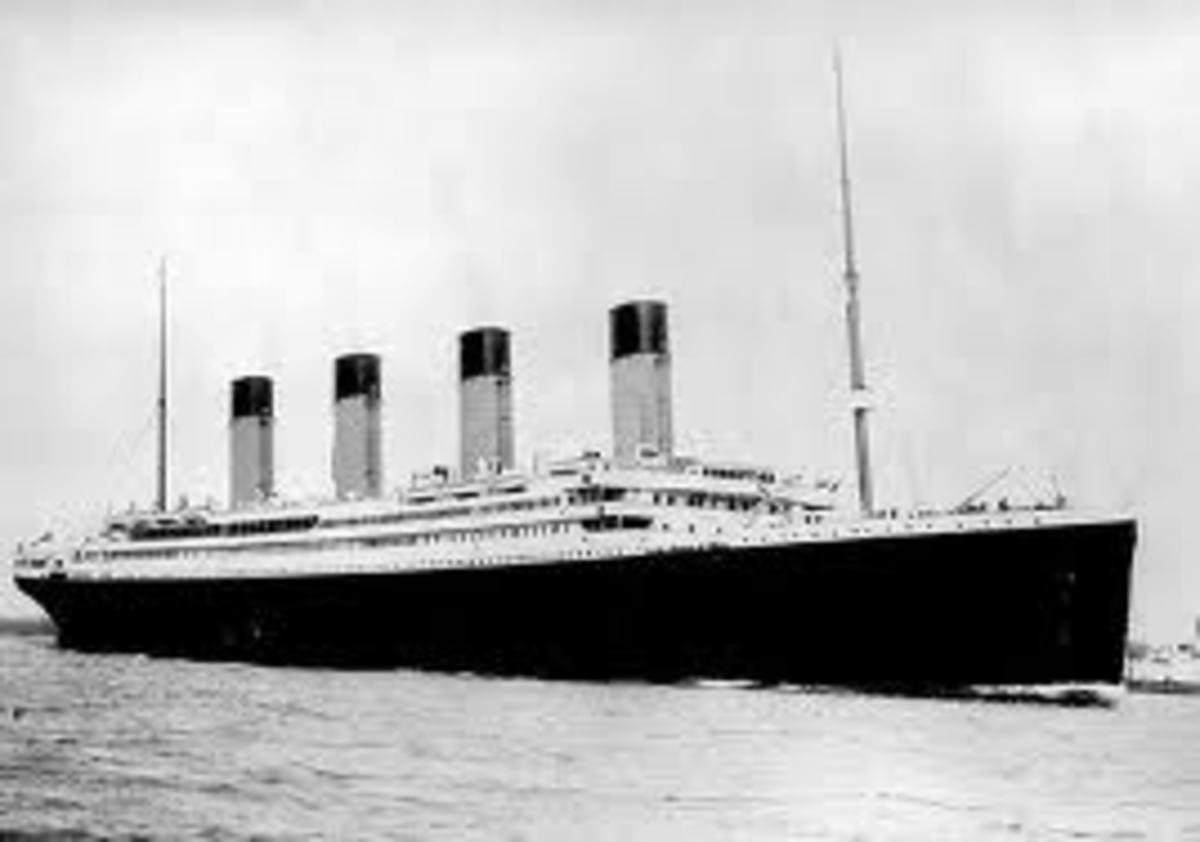The Battle of Britain: Spitfires, Hurricanes, and Messerschmitts
"Never in the field of human conflict was so much owed by so many to so few."
A famous quote by Sir Winston Churchill on The Battle of Britain.
In July 1940, Great Britain stood alone against Hitler's Nazi Germany. Their long standing allies, namely France, the Netherlands,
Belgium, Luxembourg, Denmark, and Norway had been overrun in a short period of months by the German blitzkrieg.
With a standing nonaggression pact between Germany and the Soviet Union (signed in 1939) and a still neutral United States, Great Britain prepared for war against the Nazi warmachine without a single ally.
What came next was the historical struggle of the British people and its miltary to avoid the same fate of other nations who stood in the way of Nazi Germany.
Battle of Britain Aerial Dogfight Clips

UK's Royal Air Force versus Germany's Luftwaffe
One advantage Britain had was its separation from the European landmass. The English Channel, a body of water that's roughly 21 miles at its widest, presented a natural defense against the blitzkrieg.
It was clear that if Hitler was to conquer Great Britain, then he had to first win air superiority over the English Channel and England itself so that his troops may cross safely.
Churchill knew this so he and the British government had to prepare for an air war. One that was to become one of the most celebrated in world history.
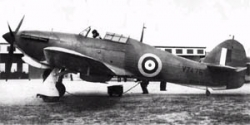
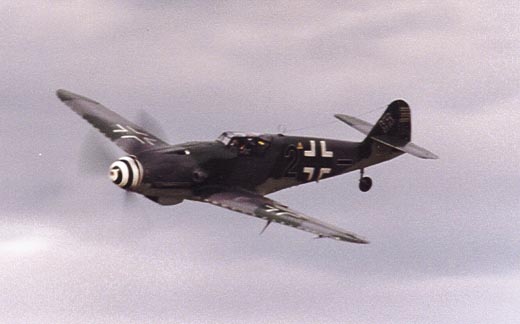
All Your Messerschmitts Are Belong To Us!
From July 10 to October 31, 1940, known throughout history as The
Battle of Britain, the Royal Air Force (RAF) defended against the
overwhelming number of fighters and bombers of the Luftwaffe, the
German air force. The RAF pilots flew the Supermarine Spitfires and the Hawker Hurricanes. The Luftwaffe had the Messerschmitt Bf 109. All three fighter aircrafts were considered the most modern fighter airplanes of their times.
In
his book, The Second World War (1954), Winston Churchill wrote that
"[t]he Germans' [planes] were faster, with a better rate of climb; ours
more maneuverable, better armed." Additionally, he assessed the pilots
from both sides indicating that the German pilots were more numerous
and more experienced from their recent victories. But, the RAF pilots
"had supreme confidence in themselves as individuals and that
determination which the British race displays in fullest measure when
in supreme adversity."
Supermarine Spitfires WW II: Battle of Britain Models
The famous Spitfires typically engaged the German Messerschmitt Bf 109 fighters while the Hurricanes took out the bombers.
Hawker Hurricanes World War II Battle of Britain Airplane Models
The Hurricanes were the great workhorse of the Battle of Britain. Although the Spitfires received notoriety for engaging the Bf 109 fighters, that wasn't always the case. The Hurricanes also had their licks and shouldered most of the fighting.
Messerschmitt Bf 109 World War II: Battle of Britain Fighter Plane Models
A true modern fighter plane of its time, the Messerschmitt Bf 109 went to battle against the Royal Air Force. Fuel injected engines gave the Bf 109 climbing and diving advantages over its British counterparts.
London Burning

Three Phases of The Battle of Britain
The Battle of Britain was fought in three successive and, sometimes, overlapping phases:
Phase I:
July 10 to August 18, 1940. The air war took place primarily
along coastal England and the English Channel. In this initial period,
according to Churchill, the Royal Air Force was going to be "tested, drawn into battle
and depleted, and damage done to those seaside towns marked as
objectives for the forthcoming invasion."
Phase II:
August 24 to September 27, 1940. The Luftwaffe was to completely
destroy the Royal Air Force by bombing key facilities such as air
fields and aircraft manufacturing buildings. The defeat of the
RAF was crucial to Phase III, which was the bombing of London itself.
Phase III: October 1940 when it was evident that the Luftwaffe was not able to defeat the RAF and gain superiority of the English skies, Hermann Wilhelm Goering, commander of the Luftwaffe, "resigned himself to the indiscriminate bombing of London and the centers of industrial production."
However, Churchill himself noted in his book that the Phase II attacks heavily damaged the air fields and facilities the South and Southeast regions of England. These facilities provided London's air defense.
It seemed that Goering made a premature switch to Phase III to the thankful praises of the Brits. Churchill went on to write in his book that "[i]f the enemy had persisted in heavy attacks against the adjacent sectors and damaged their operations rooms or telephone communications, the whole intricate organization of the Fighter Command might have been broken down. It was therefore with a sense of relief that Fighter Command felt the German attack turn onto London on September 7..."
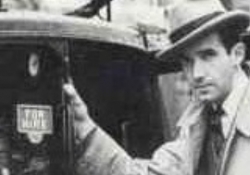
Edward R. Murrow: An American Reporter in London
Legendary American journalist and radio reporter Edward R. Murrow was assigned in London at the time when German bombers were conducting night raids to dishearten the British civilians.
In a broadcast on October
10, 1940, he described the day after a bombing:
"All the fires
were quickly brought under control. That's a common phrase in the
morning communiqués. I've seen how it's done, spent a night with the
London fire brigade. For three hours after the night attack got going,
I shivered in a sandbag crow's nest atop a tall building near the
Thames. It was one of the many fire-observation posts. There was an old
gun barrel mounted above a round table marked off like a compass. A
stick of incendiaries bounced off rooftops about three miles away. The
observer took a sight on a point where the first one fell, swung his
gunsight along the line of bombs and took another reading at the end of
the line of fire. Then he picked up his telephone and shouted above the
half gale that was blowing up there: 'Stick of incendiaries -- between
one-ninety and two-twenty -- about three miles away.'
Five
minutes later, a German bomber came boring down the river. We could see
his exhaust trail like a pale ribbon stretched straight across the sky.
Half a mile downstream there were two eruptions and then a third, all
close together. The first two looked as though some giant had thrown a
huge basket of flaming oranges high in the air. The third was just a
balloon of fire enclosed in black smoke above the housetops...", p135, Illustrated Story of World War II, Reader's Digest, Fourth Printing 1978.
Sir Winston Churchill Painting
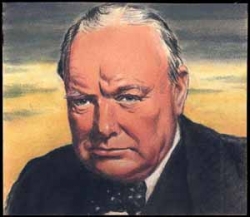
Aircraft Losses at the Battle of Britain
The Battle of Britain marked one of the turning point in World War II. Prior to Britain's resistance, Hitler's war machine had gone unchallenged and seemed nigh unstoppable. The Battle of Britain changed all that.
But victory was not
without cost. In his book, Winston Churchill gave the following
tally of losses for both sides between July 10 to October 31, 1940:
- Aircraft lost by the Royal Air Force (complete write-off or missing) -- 915
- Enemy aircraft claimed by the RAF -- 2,698
- Enemy aircraft destroyed according to German records -- 1,733

